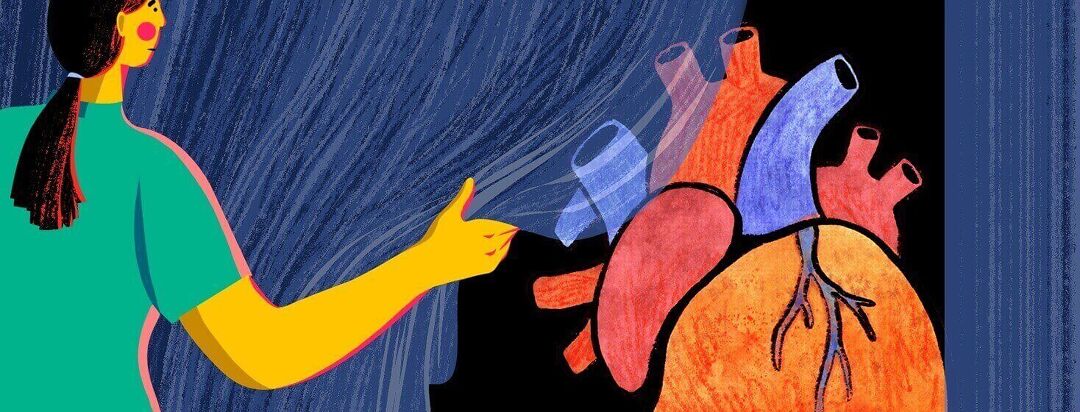A Respiratory Therapist's Role in Managing Heart Failure
I'm a respiratory therapist in a small town hospital. And I’ve been writing here in this community since its inception in February of 2019. I thought it would be neat to pull back the curtain a bit and share the daily rhythms of my work, especially when it comes to navigating heart failure. I’m excited to give you a peek into my world and hear your thoughts along the way.
As a respiratory therapist, my world revolves around all things airways
This includes managing inhalers, orchestrating breathing treatments, and even playing maestro with ventilators. But here at our cozy small-town hospital, the role takes a delightful twist into cardiology territory.
Picture this: juggling EKGs, Zio Patches, and Holter Monitors alongside the usual respiratory shenanigans. It's like being a healthcare Swiss Army knife—diving into the intricacies of both cardiac and respiratory realms.
I move between departments
While, for all practical purposes, I am a respiratory therapist stationed in the respiratory therapy department, there's a charming quirk. For several years, owing to our venture into cardiology territory, we were playfully branded as the cardiopulmonary wizards of the hospital. It adds a dash of spice to the usual respiratory routine, keeping me on my toes with a stethoscope in one hand, a pulse oximeter in the other, and an EKG machine nearby.
One moment, I'm fine-tuning inhaler techniques, and the next, I'm deciphering the rhythms of a patient's heart. It's a unique blend that keeps each day in this hospital as unpredictable as a plot twist in a medical drama. And you know what? I wouldn't have it any other way.
And let's not forget the outpatient adventures! On the respiratory frontier, we find ourselves orchestrating pulmonary function tests—a symphony of various breathing tests that hold the key to unveiling potential lung diseases. The results assist doctors in pinpointing the specifics of any respiratory challenges. If you're reading this and happen to have asthma or COPD, you might be familiar with this test.
Meanwhile, on the cardiology stage, our repertoire includes the classic EKGs, the stealthy Zio Patches, and the ever-watchful Holter Monitors. It's a cardio-respiratory ballet, with each patient's heartbeat adding a unique rhythm to the routine.
Picture this: a day packed with inpatient intricacies and a lineup of eager outpatients. It could be chaos, but I see it as a ballet of efficiency. The constant switch between respiratory and cardiology realms not only keeps me on my toes but also sharpens my skills on both sides of the coin. It's a whirlwind, but there's a certain satisfaction in mastering the dance of dual specialties
And sometimes, the two realms seamlessly merge
Take this morning, for instance, when a distressed patient entered the emergency room, grappling with severe breathing difficulties. A known COPD patient, we promptly initiated a breathing treatment, addressing the respiratory front. Simultaneously, we embarked on a cardiac workup—like a medical orchestra playing in harmony.
I took charge of the EKG, the lab swiftly drew blood, and the nurse, armed with a mix of what I affectionately call "magic potions," skillfully administered medications via IV as per the doctor's orders. No waiting around for test results here. When someone struggles to breathe, it's all hands on deck—hence the rapid breathing treatment, a first responder in our toolkit. This initial intervention eased the respiratory distress, especially considering the patient's history of COPD and asthma.
However, with breathing still labored, suspicions of heart failure loomed. Swiftly, at the doctor's behest, I introduced BiPAP—a mask applied to the patient's face that eases breathing by applying gentle pressures to the airway. This grants the doctor valuable time to work his medical magic and improve the patient's well-being.
After a while, a palpable improvement set in. The patient, grateful for a breath of fresh air, could finally bid adieu to the BiPAP. As if scripted, the test results confirmed our suspicions—heart failure. It's moments like these where the dance between cardiac and respiratory realms becomes a life-saving ballet.
I trust this peek into my life as a respiratory therapist has shed some light on the intricacies of heart failure care. It's a challenging yet deeply rewarding journey, and I'm grateful for the opportunity to share it with you. Here's to more stories, connections, and learning together in this wonderful community!

Join the conversation